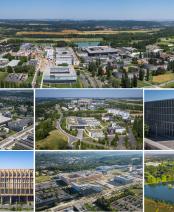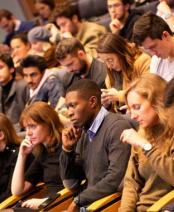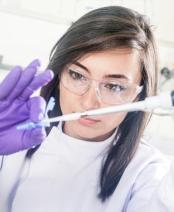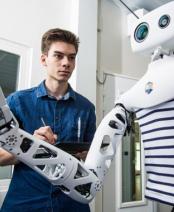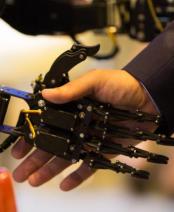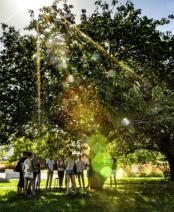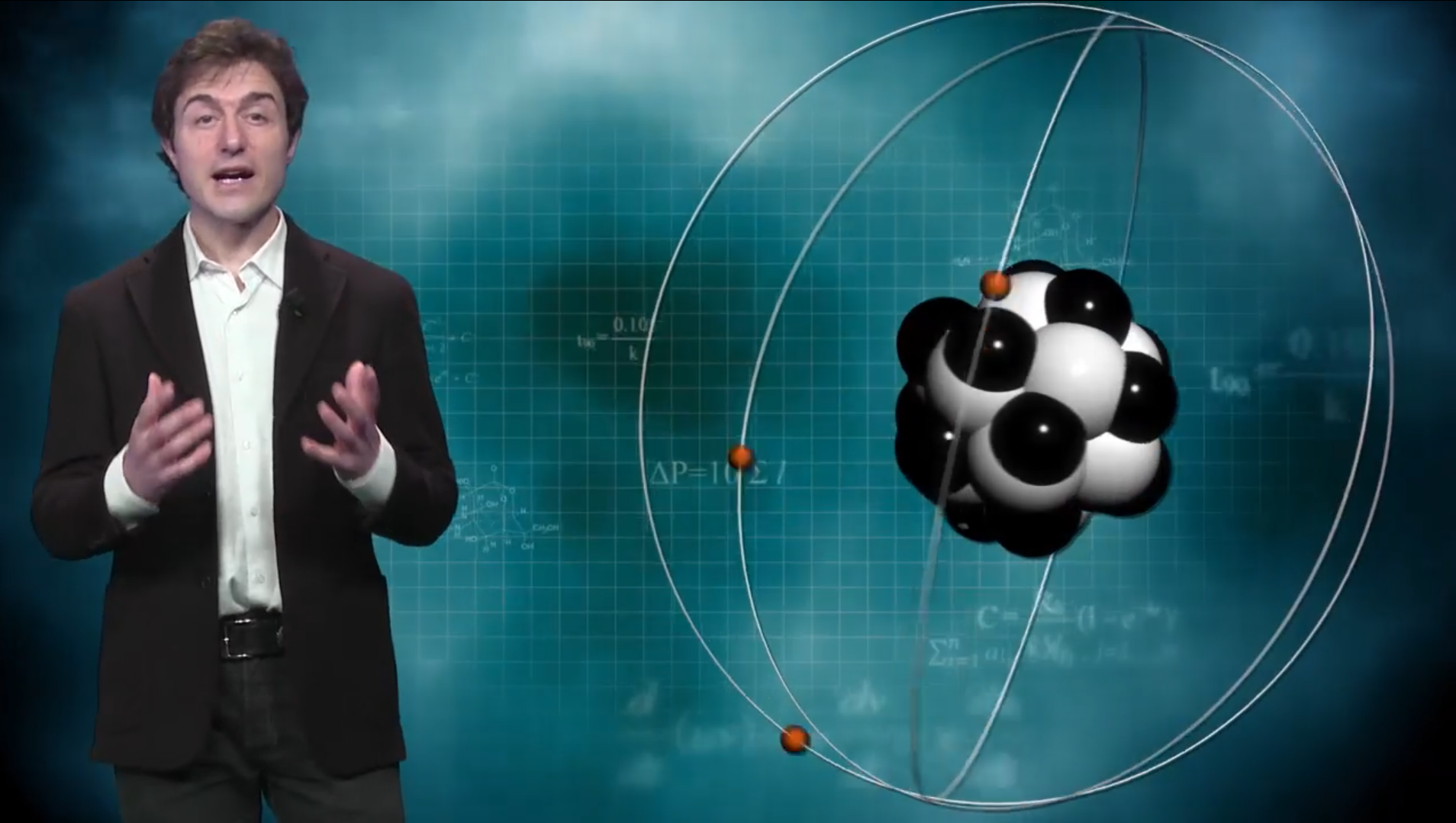Operation CIEDS 2025: quantum physics in the service of defence
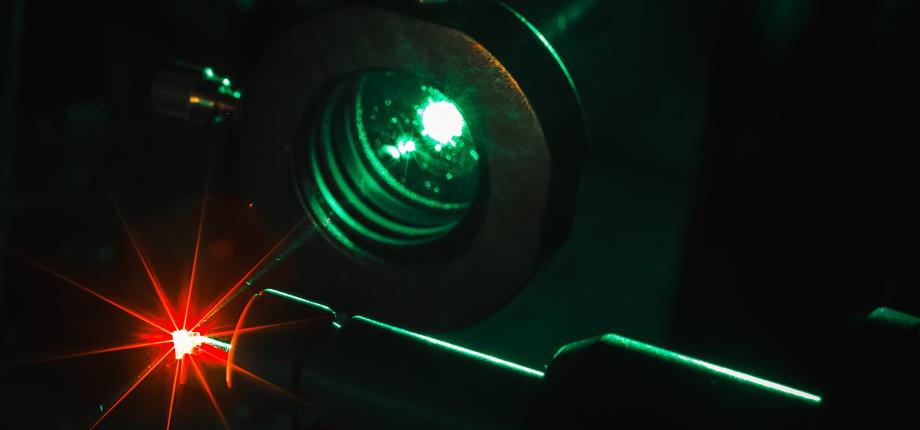
Quantum Physics at the LOA Laboratory
At the Laboratory of Applied Optics (LOA), jointly operated by ENSTA, École Polytechnique, and the CNRS, physicist Davide Boschetto and his team study ultrafast dynamics in materials using laser systems. These systems employ ultrashort laser pulses, providing a temporal resolution on the order of tens of femtoseconds (1 femtosecond = 10⁻¹⁵ seconds, or one millionth of a billionth of a second). Such temporal precision allows researchers to observe, at the atomic scale, how electrons and atoms move, and to understand the fundamental mechanisms that drive changes in the state of matter – for instance, when a solid melts or, conversely, when a liquid solidifies. These studies can be carried out on all types of materials. Among other things, the team is currently working on quantum materials, which are of great technological interest.
In recent years, scientists — including PhD candidate Amélie Kies, funded by the Defence Innovation Agency (AID) through the Interdisciplinary Centre for Defence and Security Studies (CIEDS) — have been studying localised defects in diamond, where the arrangement of atoms within the crystal’s regular structure is altered. One such defect occurs when a nitrogen atom takes the place of a carbon atom in the diamond lattice, while a neighbouring site remains empty. This creates a “hole” in the atomic structure. “These diamond defects are known as NV centres,” explains Amélie Kies.
They exhibit remarkable optical properties, which the doctoral researcher aims to better understand by investigating, with femtosecond-scale temporal resolution, the fundamental mechanisms that govern their dynamics.
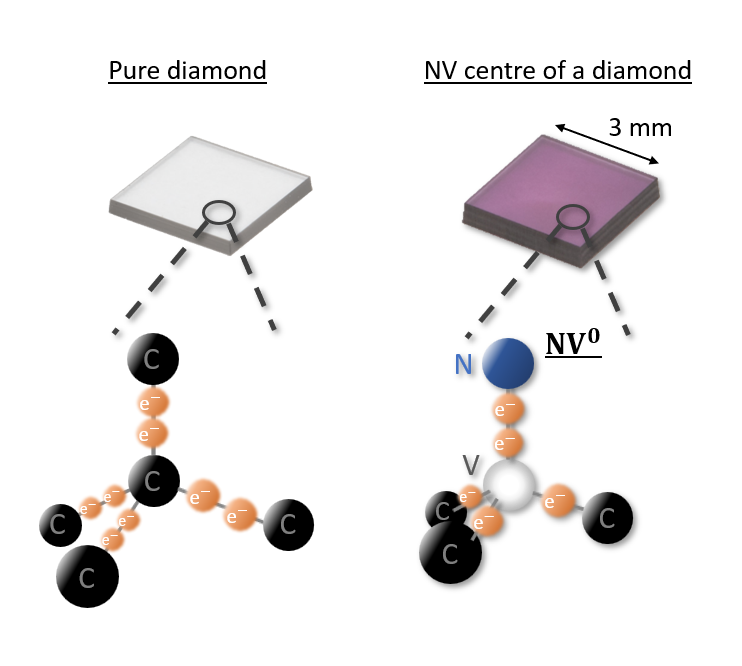
One possible application of her thesis is the development of a magnetometer based on diamond NV centres, capable of measuring magnetic fields with greater sensitivity than existing devices — and doing so at room temperature.
Research with Both Military and Civilian Applications
The work carried out by the Quantum team at LOA may have implications in both military and civilian domains.
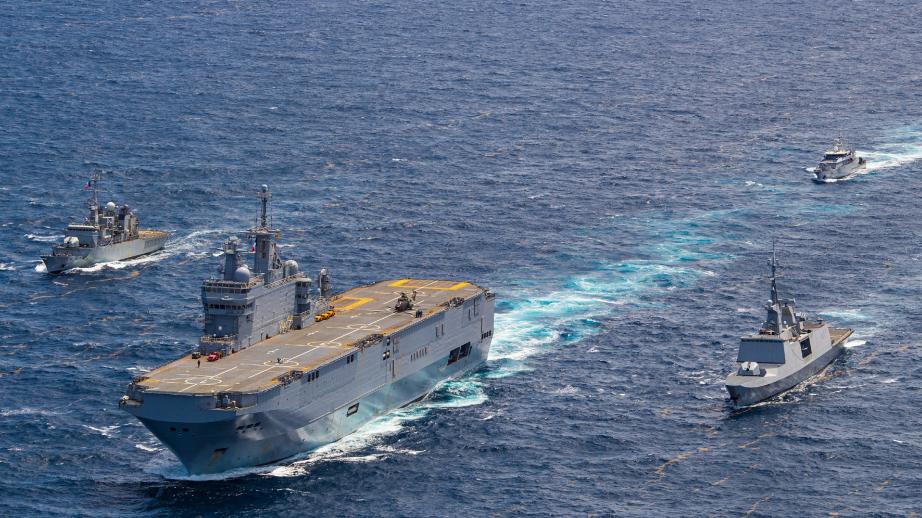
NV-centre magnetometers aim to directly measure the ambient magnetic field with extremely high sensitivity. One potential application is the creation of magnetic maps of terrestrial or marine areas, which can be useful for navigation in the absence of a GPS signal. These maps are produced by performing vector measurements of the magnetic field at various points within a given region.
The average Earth’s magnetic field in such areas is typically around 40 μT, but it shows local variations — known as magnetic anomalies — caused by geological heterogeneities or the presence of metallic objects.
When an object, such as a mine or large metallic debris, disturbs the Earth's magnetic field, it creates an anomaly whose measured amplitude depends greatly on the object's nature and the distance from which it is observed. The higher the sensitivity of the magnetometer, the more likely it becomes to detect such anomalies from a greater distance. To identify them, scientists must achieve a resolution on the order of nanoteslas, or even picoteslas, which requires an extremely low instrumental noise floor. NV-centre magnetometers, which are both highly sensitive and operable at room temperature, could possibly contribute to this kind of detection in specific scenarios, complementing other types of magnetometers (SQUIDs or optically pumped magnetometers).
NV centres in diamond also hold promise for potential biomedical applications. Certain magnetic nanoparticles can be used as contrast agents to detect abnormal tissues. With a sufficiently sensitive magnetometer, it may be possible to indirectly detect the presence of cancer cells, provided they are targeted by specific nanoparticles. However, the magnetic signature of these particles is extremely weak, making their detection highly challenging. High-sensitivity sensors, such as those based on NV centres, could offer a promising pathway for this kind of detection.
Pioneers in Quantum Physics Education
Davide Boschetto and Amélie Kies are not solely active in research; they are also deeply involved in quantum physics education. Davide Boschetto was the first to create a French-language online course (MOOC) on quantum physics, and the eighth such course to be launched worldwide.
“The idea of making quantum physics accessible to as many people as possible is the main reason I embarked on this adventure,” says Davide Boschetto. The professor also wanted the MOOC to be free, in order to spark interest among a wide audience. The course developed by Davide Boschetto is not intended to replace lessons taught in schools or universities, but rather to serve as a complementary resource that can be used by both teachers and students. Since its launch, it has attracted over 100,000 registered learners.
Amélie Kies, for her part, initiated efforts to create a dual degree in quantum physics at ENSEA. From her secondary school years, she had the ambition to specialise in quantum physics. After attending preparatory classes at Lazaristes and then Fénelon Sainte-Marie, she enrolled at ENSEA to study telecommunications — a field in which quantum physics plays a fundamental role. For her third year of engineering studies, she sought to obtain a dual degree in this field. “I then established a partnership between ENSEA and the QLMN Master’s programme in quantum physics,” she explains. Thanks in particular to this dual degree, Amélie was able to acquire all the necessary skills to begin a PhD under the supervision of Davide Boschetto, three years ago.
Amélie Kies’s thesis is funded by the Defence Innovation Agency (AID) via the CIEDS, as part of the MAGNETOQUANT project.
Defence Impacts at Operation CIEDS 2025
On Thursday 3 July 2025, at Operation CIEDS 2025, join us for the day dedicated to defence and security! Come and attend the round table discussion “The Second Quantum Revolution: Impacts on Defence,” during which we will have the honour of welcoming:
- Romain Alléaume, Researcher at the LTCI Laboratory (Télécom Paris)
- Frédéric Barbaresco, KTD PPC Sensing Segment Leader at Thales
- Landry Bretheau, Researcher at the PMC Laboratory (École Polytechnique)
- Amélie Kies, PhD Candidate at the LOA Laboratory (ENSTA)
- Sylvie Paolacci-Riera, Head of Photonic and Quantum Innovation at the Defence Innovation Agency (AID)
- Andrea Simonetto, Researcher at the U2IS Laboratory (ENSTA)
The moderator of this round table will be Kees Van Der Beek, Director of Research at École Polytechnique.
François Plais, Director of Operations at CIEDS, states that:
Quantum technologies have the potential to make "the invisible perceptible and the unpredictable predictable," according to the Minister in his 2025 address to the Armed Forces. With this round table included in the Operation CIEDS 2025 programme, CIEDS places particular emphasis on quantum technologies with significant impact for defence.









